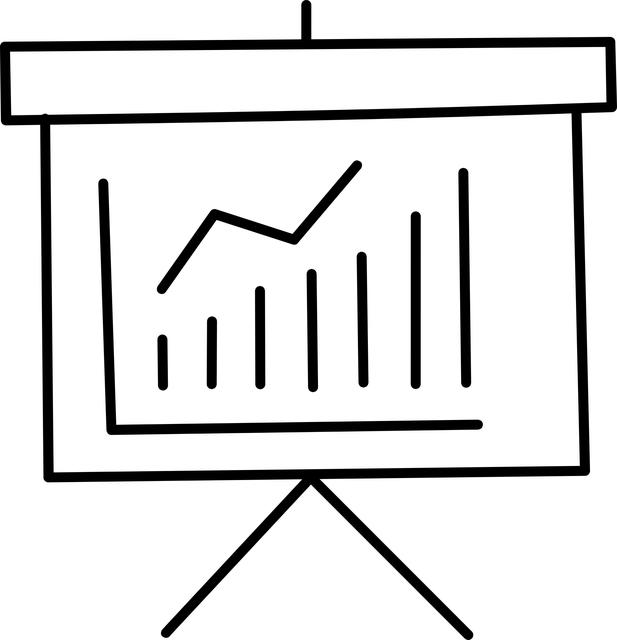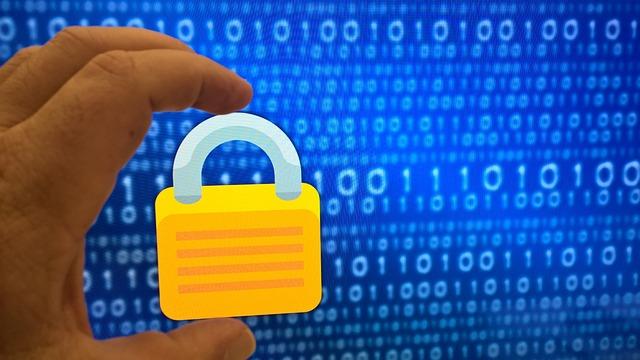In the heart of South Asia lies Pakistan, a nation woven with a rich tapestry of cultures, histories, and aspirations. Yet beneath the vibrant surface of its cities and the resilience of its people, a silent crisis of inequality festers, threatening the very fabric of society. While the dazzling skyscrapers of Karachi and the historical grandeur of Lahore may captivate the eye, the stark realities of poverty, illiteracy, and social disparity lurk in the shadows, often overlooked by those who dwell in comfort. As the global community increasingly turns its gaze toward issues of social justice and human rights, it becomes imperative to shed light on the multifaceted dimensions of inequality in Pakistan—an issue that impacts not only the economic landscape but also the moral ethos of the nation. This article seeks to unravel the complexities of this silent crisis, exploring its roots, its ramifications, and the collective responsibility to address it, urging a conversation that is long overdue.
Understanding the Roots of Inequality in Pakistans Social Fabric
The intricate tapestry of Pakistan’s society is woven with diverse threads of ethnicity, class, and education, creating a complex landscape where inequality festers silently. Historical context plays a crucial role, as colonial legacies established systems of privilege that still resonate today. The socioeconomic divide is often perpetuated by limited access to quality education and healthcare, leaving marginalized communities at a disadvantage. As urbanization accelerates, the rift between the affluent and the impoverished continues to widen, entrenching disparities that hinder social mobility and economic growth.
Moreover, the cultural norms and traditions that dictate gender roles further exacerbate inequality. Women, particularly in rural areas, face systemic barriers that restrict their participation in the workforce and limit their access to resources. This is compounded by political neglect, where institutions often prioritize short-term gains over long-term equality initiatives. To draw attention to these disparities, it is essential to recognize key indicators:
| Indicator | Status |
|---|---|
| Literacy Rate | 59% overall; 55% women |
| Poverty Rate | 24.3% |
| Gender Pay Gap | 34% less for women |
| Access to Healthcare | 65% in rural areas |
By addressing these indicators and their underlying causes, Pakistan can begin to dismantle the structural barriers that uphold inequality, paving the way for a more inclusive society.

The Impact of Economic Disparities on Education and Healthcare Access
The divide in economic status significantly alienates entire segments of the population from vital services such as education and healthcare. Families living in poverty often face daunting barriers, including inadequate schooling facilities and unavailability of healthcare resources. This results in a vicious cycle where low educational attainment stifles economic opportunities, while poor health outcomes further downgrade productivity, perpetuating an unending loop of disadvantage. Factors contributing to this systemic issue include:
- Lack of funding: Public schools in economically disadvantaged areas receive fewer resources and support.
- Geographical barriers: Isolated communities experience significant challenges in accessing educational and healthcare institutions.
- Social stigma: Disparities in status can affect community perception, leading to exclusion from basic amenities.
The impact is stark when examining the metrics of access and quality. A recent survey highlighted that children from lower-income families are three times less likely to enroll in quality schools compared to their wealthier peers. Simultaneously, healthcare access is similarly stratified, with statistics showing that only 40% of individuals in impoverished areas receive essential medical services. Consider the following data:
| Indicator | Low-Income Areas | High-Income Areas |
|---|---|---|
| School Enrollment Rate | 30% | 90% |
| Access to Healthcare | 40% | 85% |
| Average Teacher-Student Ratio | 1:35 | 1:15 |
It is crucial for policymakers to recognize these disparities as not merely statistics but as a reflection of human lives affected by unequal opportunities. Bridging the gap requires a multi-faceted approach involving investment in infrastructure, targeted economic policies, and community engagement to foster an environment where every individual has the fundamental right to education and health, irrespective of their economic standing.

Empowering Communities: Grassroots Solutions to Combat Inequality
Throughout Pakistan, communities are discovering strength in unity as they devise innovative grassroots strategies to tackle the pervasive issue of inequality. Various local organizations are stepping up to identify the unique challenges faced by marginalized groups, fostering a sense of ownership and empowerment within these communities. Initiatives such as microfinance programs, educational workshops, and healthcare outreach are becoming the backbone of social change, creating a robust framework for sustainable development. By emphasizing collaboration and local resource utilization, these grassroots movements harness the collective power of individuals to drive impactful change.
The role of community leaders and grassroots advocates cannot be underestimated in this transformative process. They act as catalysts, mobilizing resources and inspiring others to participate in the struggle against inequality. Through initiatives like community gardens, skill development programs, and local advocacy networks, they provide practical solutions that directly address the specific needs of their communities. These programs contribute to holistic development, creating palpable improvements in both socioeconomic conditions and social cohesion. The table below summarizes some key grassroots solutions making a difference across various regions of Pakistan:
| Initiative | Description | Impact |
|---|---|---|
| Microfinance Programs | Providing small loans to entrepreneurs | Boosted local economies and job creation |
| Educational Workshops | Skills training for youth and women | Increased employability and empowerment |
| Healthcare Outreach | Mobile health clinics in underserved areas | Improved health access and outcomes |

Policy Reforms and Government Initiatives for Sustainable Change
In the quest for sustainable change, the government of Pakistan has initiated several policy reforms aimed at bridging the widening gaps of inequality. Key measures include the implementation of targeted social protection programs designed to uplift marginalized communities. These initiatives are pivotal in providing financial assistance, enhancing educational opportunities, and ensuring access to healthcare services. Notable among these efforts are:
- Ehsaas Program: A flagship initiative offering cash transfers and support for low-income families.
- Skill Development Initiatives: Programs focused on equipping youth with vocational skills for better employment prospects.
- Housing Schemes: Affordable housing projects aimed at providing shelter to the economically disadvantaged.
Moreover, to complement these policies, the government has partnered with non-governmental organizations to amplify outreach and bolster the impact of these reforms. These collaborations serve as a bridge to ensure that resources reach the grassroots level. Comprehensive reforms are also directed at enhancing gender equality, with specific programs aimed at empowering women through education and microfinance. The following table outlines key initiatives and their objectives:
| Initiative | Objective |
|---|---|
| Ehsaas Emergency Cash | Financial assistance to low-income families affected by crises. |
| National Health Insurance | Universal health coverage for the underprivileged. |
| Women Empowerment Centers | Support to enhance women’s skills and entrepreneurship. |
Wrapping Up
In the intricate tapestry of Pakistan’s social fabric, the threads of inequality weave a silent yet profound crisis that demands our collective attention. As we reflect on the insights unveiled throughout this discourse, it becomes evident that addressing this persistent issue requires more than mere acknowledgment; it calls for a multifaceted approach that intertwines policy reform, community engagement, and a commitment to social justice.
The echoes of inequality resonate through the corridors of education, healthcare, and economic opportunity, affecting the lives of millions while hindering the nation’s potential for progress. It is a challenge that transcends borders, ideologies, and demographics—one that unites us in the quest for a more equitable society.
As we step forward, let us carry with us the understanding that lasting change begins at the grassroots level, fueled by informed dialogue and a willingness to challenge the status quo. The path to equality is fraught with obstacles, yet it is illuminated by the resilience of individuals and communities striving for a brighter future.
addressing inequality is not merely a matter of policy change; it is about nurturing a sense of shared humanity. By fostering inclusivity and equity, we can pave the way for a society where every individual has the opportunity to thrive. The journey may be long, but with concerted effort and unwavering determination, a more just Pakistan is not just a dream—it’s a future within reach.



